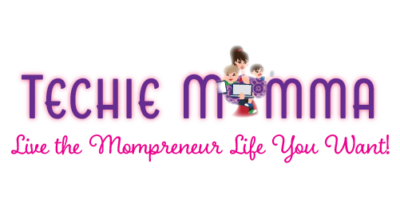For those in the retail industry, ensuring you are jumping on board the ecommerce sector is vital to help you capitalize on those sales and set yourself up for future success. Despite this, though, 23% of small businesses do not have a retail presence, with the most common reasons cited for this as not having enough money or technical know-how to get set up.
But the reality is that every business needs to have an online presence, including a website, to manage orders.
This post looks at the vital aspects every ecommerce site should have to help you establish yourself as a competitor in your sector.
Secure Payment Options
You need to make sure you are using a secure payment option that allows you to accept multiple forms of payment. At the very least, you need to take Visa and Mastercard payments, but the more options you can offer customers, the better. Before you get a payment gateway, you need to look at the payment options it accepts, how secure it is, and how well it can work for our small business to be able to offer your customers the experience they expect and give them peace of mind their transactions are safe.
You should display a security badge to offer this confidence in your payment processors and alert people to the fact you care about their security and are working to combat fraud.
Ensure you send an email once the purchase has been completed containing the order number, the products in the order, and all of your information, including delivery details, returns, social media accounts, and contact details, should they be required.
Shipping Methods
One of the first things people will do when they go to a new ecommerce site is check out the delivery options and prices. Don’t be afraid to have different types of shipping at different price points for people to choose from. Not everyone is happy to pay higher shipping costs to get their deliveries faster, while some will simply shop elsewhere if your delivery options aren’t fast enough for them.
Have a clear page with your delivery options, delivery partners, and prices to all the destinations you ship to, and include any exclusions to delivery areas or higher fees for shipping to specific states or countries.
Shopping Cart and Checkout Page
All ecommerce sites need to have a shopping cart and checkout page, or else how will customers be able to make a purchase? You cannot direct them to your store or make payments directly via other channels. This isn’t feasible and will 9kely turn most people away. Make sure your new website allows people to put items into a cart so they can move forward to a checkout page.
Your shopping cart needs to be clear and concise; don’t overcomplicate it. It should contain clear visuals, have your company logo on it, the product details of items in the cart, and a CTA, which should be your checkout page. Enabling abandoned cart emails at this stage is a recommended tool to help you entice people back to finish the sale.
Moving to the checkout page, this should only request information you need to ship the package, the delivery options you offer for them to choose from, and the approximate shipping times of your delivery partner.
User-friendly Search and Navigation
It goes without saying people want an easy and smooth experience on your ecommerce site, which means making sure the structure is simple, easy to navigate, and makes sense to people, not just you. You need to approach this design as if you too are brand new to the company and website and feature clearly defined categories, a prominent search bar, a menu bar that has products and information categorized for ease of use, and each click they make maxis sense for their journey and delivers the information they expect. Don’t overcomplicate things here; you want to keep it simple and fuss-free when it comes out of navigation.
Fast Loading Websites
Finally, you need to make sure your website loads quickly. Slow-loading websites is a major turn-off, and you can guarantee people will turn away and click off if they have to wait longer than two seconds for an app to load. When choosing your website theme and design, always prioritize speed to deliver the optimal user experience.
An ecommerce site needs many different aspects to work together seamlessly. Still, these parts of your website will enhance the customer experience and ensure that it is geared towards making the sale and allowing the customers to do what they need to do easily.


 BY TECHIE MAMMA
BY TECHIE MAMMA